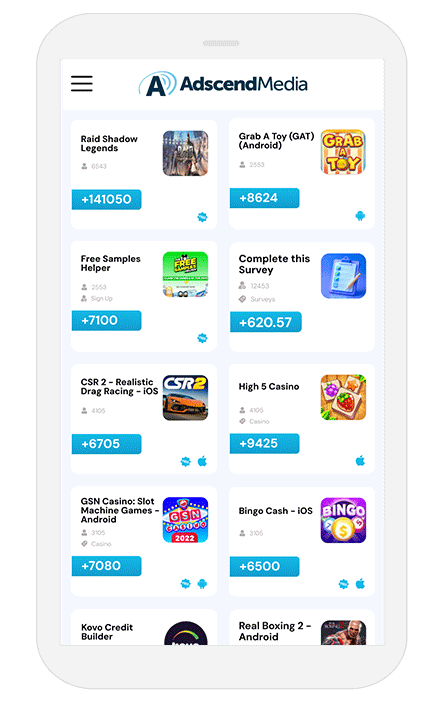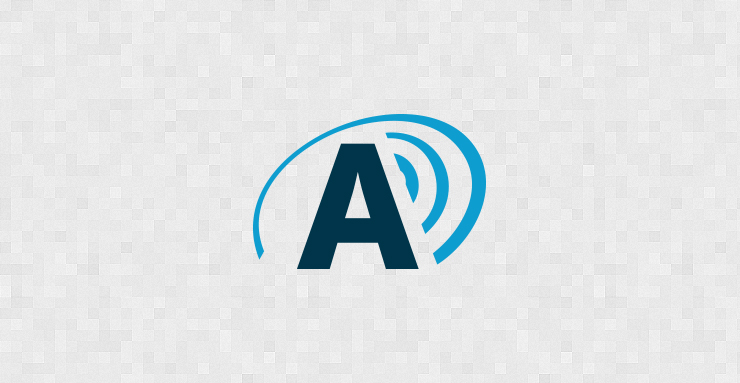
Rewarded advertising, a subcategory of performance marketing, has come a long way since the days when users would complete subscription offers like Netflix, freebies, and other types of offers which are now antiquated, and refer friends to get a free iPod. Back then, rewarded advertising and broadly performance marketing was still in its infancy. Since then, rewarded advertising has exploded with countless apps/websites that utilize Offerwalls, market research surveys, and rewarded video ad units to monetize and acquire users. These properties can vary from the most popular games, to rewards programs like LootUp, to utility apps and more.
With the expansion of rewarded user supply has of course come new challenges for advertisers looking to drive return on ad spend (ROAS) at scale. However, when utilizing the right strategies, it’s possible to not only meet but exceed these challenges.
In this series, we’ll provide in-depth insights on what works for rewarded user acquisition campaigns on Offerwalls. We’ll share strategies tailored to different advertiser types drawing on nearly two decades of industry expertise.

ROAS with Rewarded Advertising
To begin, we’ll focus on the elephant in the room: how can an advertiser achieve ROAS in an environment where the user is most interested in the reward?
- Rewarded ad units operate differently from traditional ad formats like display, video, or even affiliate ads. As a result, campaigns built around rewarded ad units must be tailored to this unique environment. They require a specialized approach to achieve scalable success.
- Beyond traditional performance marketing, advertisers can build deeper engagement campaigns that reward users who genuinely align with their brand. By focusing on these high-quality users, advertisers can enhance engagement and ultimately lifetime value (LTV). For example, instead of offering a one time reward, advertisers can utilize multi-event cost per engagement (CPE) campaigns, where users are rewarded for consistent interactions over time, fostering long-term engagement.
- Rewarded ad units like the Offerwall provide a positive user experience because users voluntarily choose to engage with ads in exchange for a reward. This opt-in experience places the advertiser at the center of a positive interaction, which can foster strong brand loyalty and increase the likelihood of repeat engagement. Instead of an interruption, the advertiser is part of the value exchange.
Once advertisers understand how rewarded user acquisition works differently, the next step is to clearly define their campaign objectives. Rewarded user acquisition through the Offerwall offers unique opportunities to drive deeper engagement by targeting the right users with the right rewards.
Focus On The Outcome
Each advertiser’s objective will depend heavily on the nature of their unique product or service. Whether the goal is to drive user deposits, long-term game play, or app installs, rewarded advertising provides unique flexibility. The key to success is focusing on the outcome and choosing the right reward structure based on your industry and users.
For a financial technology company like Robinhood, the ultimate goal is likely to grow the active user base that utilizes Robinhood as their primary investment platform. In this case, a cost per engagement (CPE) campaign focused on user deposits is likely to lead to the highest quality user. However, to boost engagement further and increase user lifetime value (LTV), Robinhood may also decide to reward users additionally for becoming a Robinhood Gold member and activating a Robinhood Cash Card.
For a mobile game like Monopoly GO, a registered user is simply not enough. The go-to strategy here is to deploy a multi-event CPE campaign where the player is rewarded an increasing sum for reaching milestones that become more difficult and time-consuming. In addition, there may be some additional multi-events like making an in-app purchase (IAP) that can further increase engagement. These multi-event CPE campaigns are a proven effective strategy for driving long term players that drive significant revenue for mobile games.
For a major brand like Starbucks, often a cost per install (CPI) campaign can be enough to drive new loyalty users who ultimately place an order again and again. However, to boost engagement further and increase the likelihood of utilizing the rewards program, Starbucks may also decide to reward users additionally for placing their first order and earning loyalty points. This can make it more likely that a user continues to order with Starbucks and becomes an active loyalty user.
For a gambling brand like DraftKings, the goal is deposits and ultimately user activity after deposit. In this case, a CPE campaign focused on a minimum deposit is likely to lead to the highest quality user. In this case, a multi-event CPE campaign may also be deployed to encourage certain behavior like making a first sports bet and making a second deposit after a period of time can increase LTV.
Optimizing for LTV means not only driving the initial engagement but finding ways to keep users coming back. This can be achieved through additional rewards for repeat actions or gradual increases in rewards for continued use, ultimately fostering long-term loyalty. For example, some advertisers choose to offer their own rewards to users internally as well, such as a sports betting app offering a deposit bonus.
With objectives clearly defined, the next focus is ensuring the user experience is as positive as possible. A great user experience is essential to driving deeper engagement and fostering loyalty.
Leverage the Positive Brand Experience
With rewarded user acquisition, the advertiser is at the center of the positive, value-driven interaction. The opt-in nature of Offerwall ads establishes trust and goodwill, positioning the brand as one that offers value beyond the transaction.
Rewarded users are often more likely to engage with the advertiser’s loyalty marketing programs, additional perks, and gamification strategies. Gamification techniques like reward tiers or achievement badges can further engage users, making their interaction with your brand feel fun and rewarding. Rewarded users are also more inclined to spread the word through referral programs, helping to grow your user base. Rewarded ad interactions can serve as the first step in a broader user engagement strategy, ultimately driving higher retention rates and a greater return on ad spend.
Test & Optimize
As with other ad formats, it’s important to test and optimize the campaign to achieve return on ad spend. Once a rewarded user acquisition campaign is live, continuous measurement of user activity, identification of challenges, and targeted optimizations are key to driving ongoing success.
Additionally, rewarded user acquisition stands apart from other paid strategies in several ways, offering distinct advantages that streamline testing and scaling:
- Performance-Based Focus: Unlike other paid advertising strategies, where you often need to optimize for CPMs, CPCs, or eCPAs at the outset, rewarded user acquisition is performance-based. This means advertisers can focus on user behavior and engagement from day one, rather than constantly adjusting bids or worrying about ad spend inefficiency.
- For example: For a mobile game utilizing a multi-event CPE campaign, if player activity drops off before reaching level 10, advertisers can adjust the campaign by offering an additional reward earlier or increasing the payout at that level They can also explore what causes player drop off at this stage. Is it because they need to make an IAP to reach the level? If so, a rewarded event that encourages the first IAP can be a powerful way to establish additional future IAP purchases that transform casual players into highly engaged players.
- Reduced Ad Fatigue: One of the biggest challenges in traditional display, video, or social media ads is ad fatigue—users see the same creatives over and over, leading to reduced engagement. With rewarded ads, this isn’t as common. Users opt into engaging with ads for a reward, which keeps the experience fresh and positive. As a result, you can refresh your creatives less often once you find a set that works well.
- Fewer Adjustments as Campaigns Scale: Traditional paid campaigns often require more frequent adjustments to maintain performance as they scale—whether that’s adjusting bids, changing audience targeting, or refreshing creative. Rewarded ad campaigns, on the other hand, often require fewer tweaks over time. Once a rewarded campaign is successfully optimized and scaled, advertisers can maintain performance with fewer adjustments, particularly because the ad experience continues to feel positive to the user.
- For example: In a financial technology company campaign, once you’ve optimized for initial deposits, adding targeted rewards for subsequent actions like making a trade or signing up for a premium account can keep engagement high. These strategic tweaks can maintain scale over time without having to constantly retool the campaign from scratch.
- Easier Integration into a Comprehensive Marketing Plan: Rewarded user acquisition fits seamlessly into a larger marketing strategy, offering a flexible, performance-driven approach that requires less ongoing manual intervention compared to traditional ad formats. Its focus on user engagement, along with reduced ad fatigue and fewer scaling adjustments, makes it a powerful long-term strategy.
Rewarded user acquisition is a powerful paid ad strategy that delivers long-term results with less manual intervention compared to traditional ad formats. In the next article of this series, we’ll dive deeper into rewarded user acquisition for mobile gaming studios that breaks down how to structure a successful campaign, when/how much to pay out, the benefit of multi-event cost per engagement (CPE) campaigns, and more.
If you’re interested in learning more about how Adscend Media can help you with rewarded user acquisition via our Offerwall and first party owned & operated brands, contact us.












Add comment